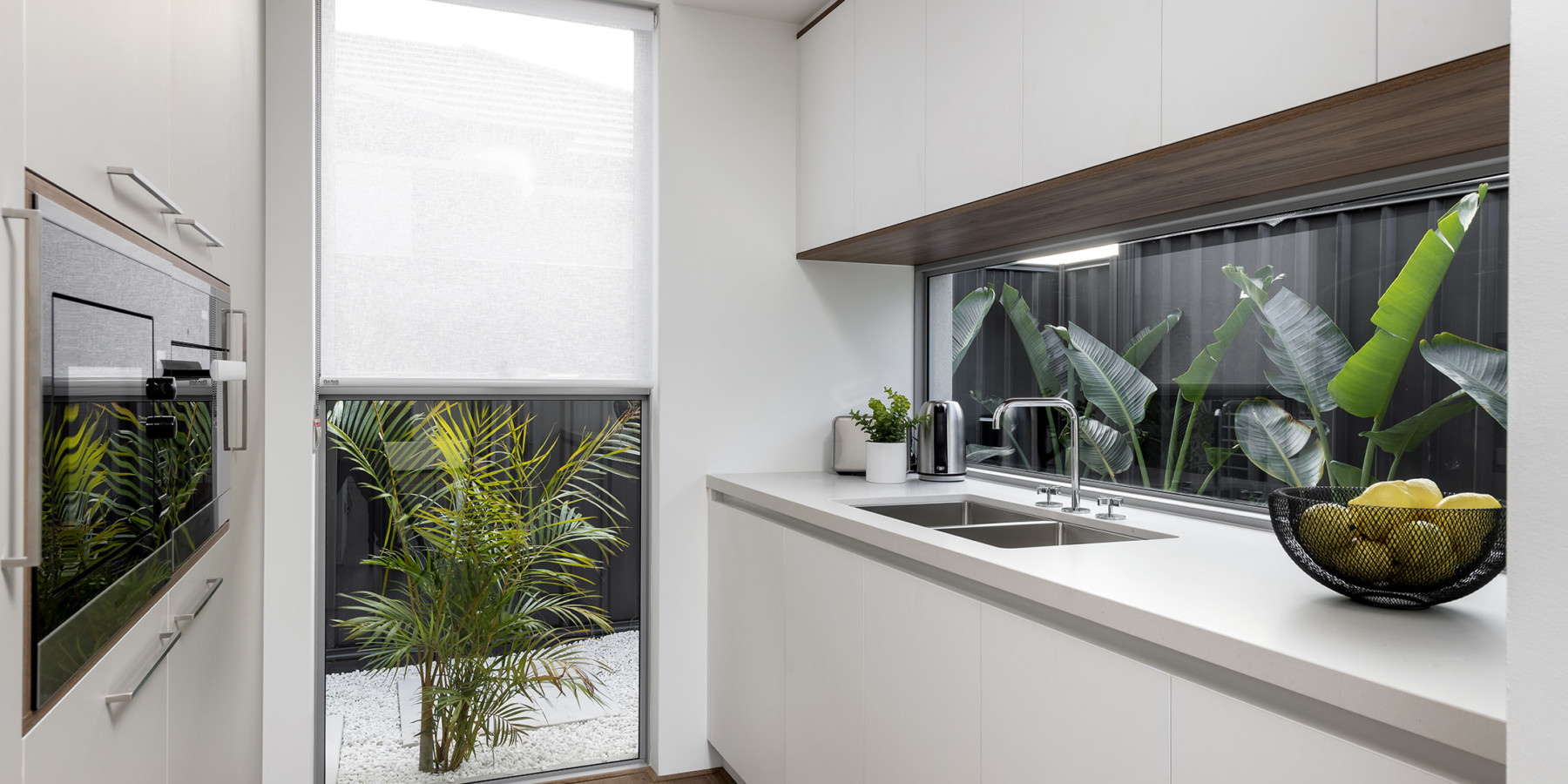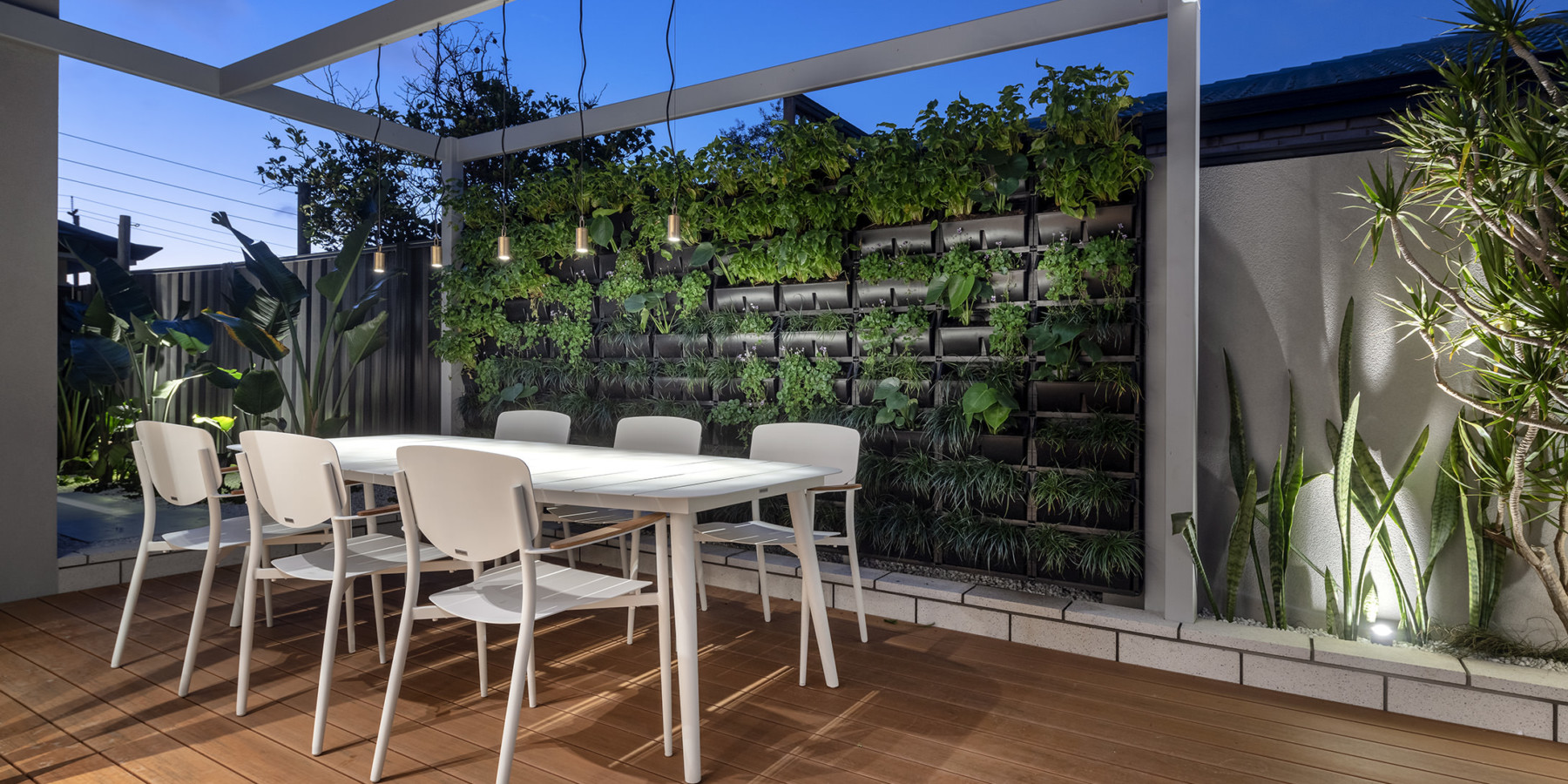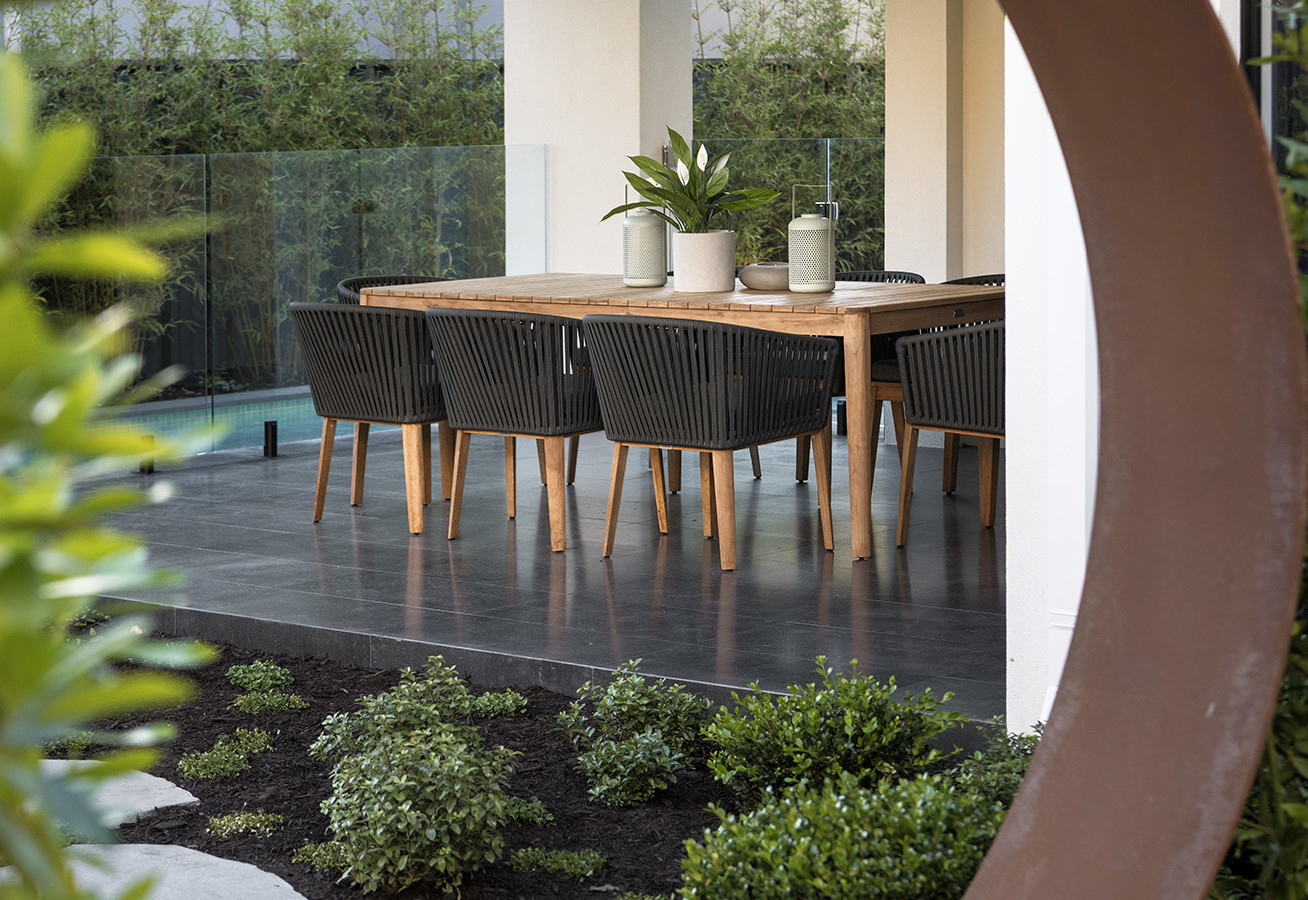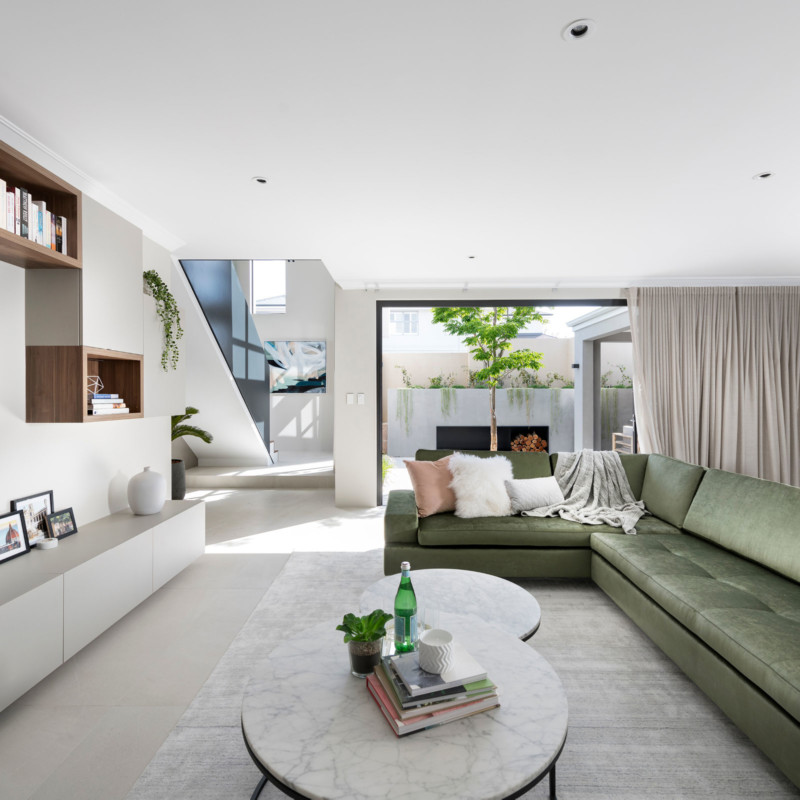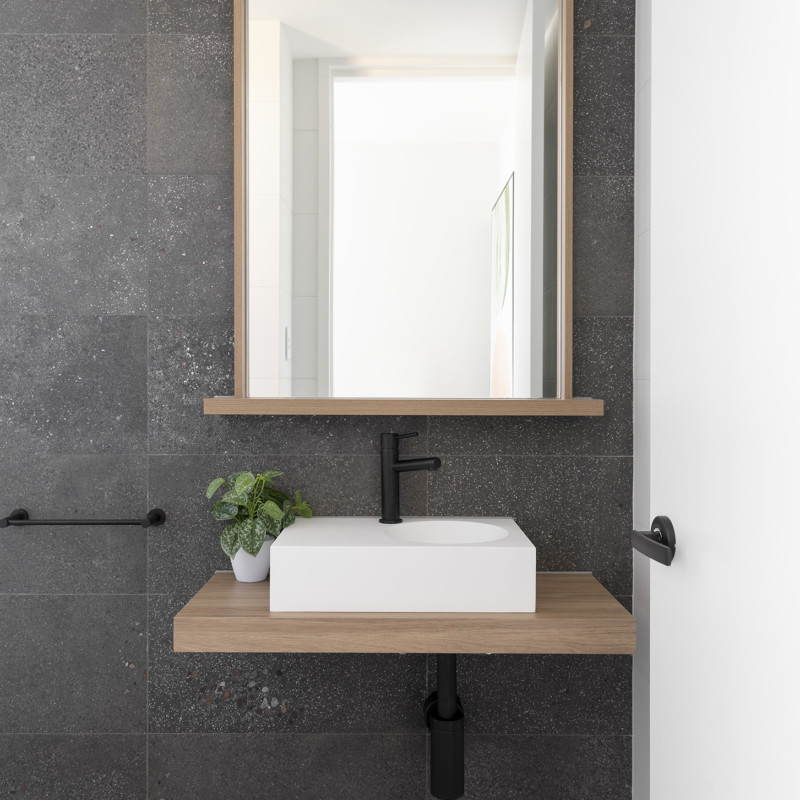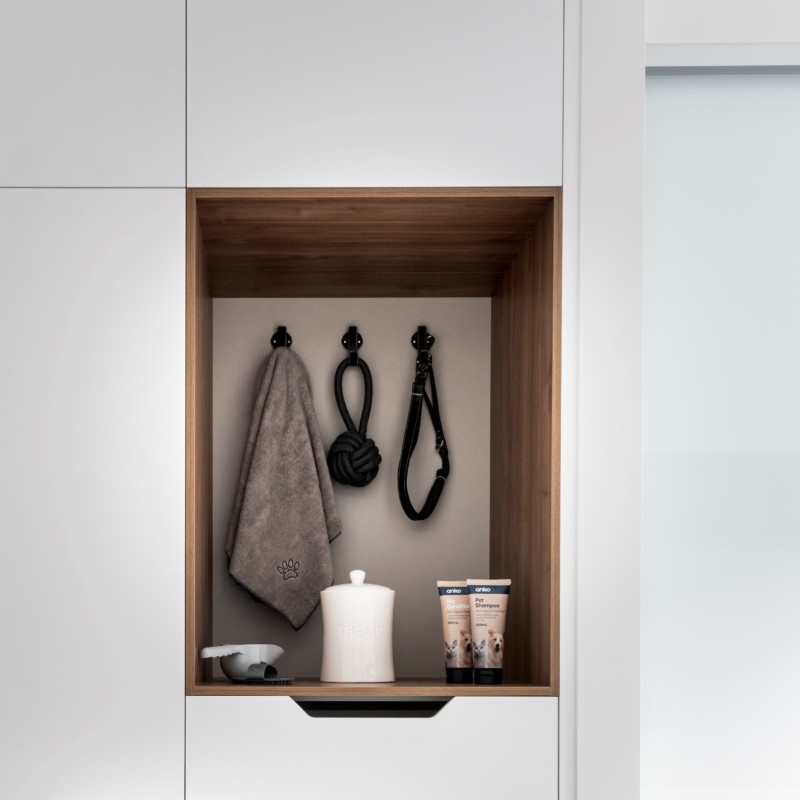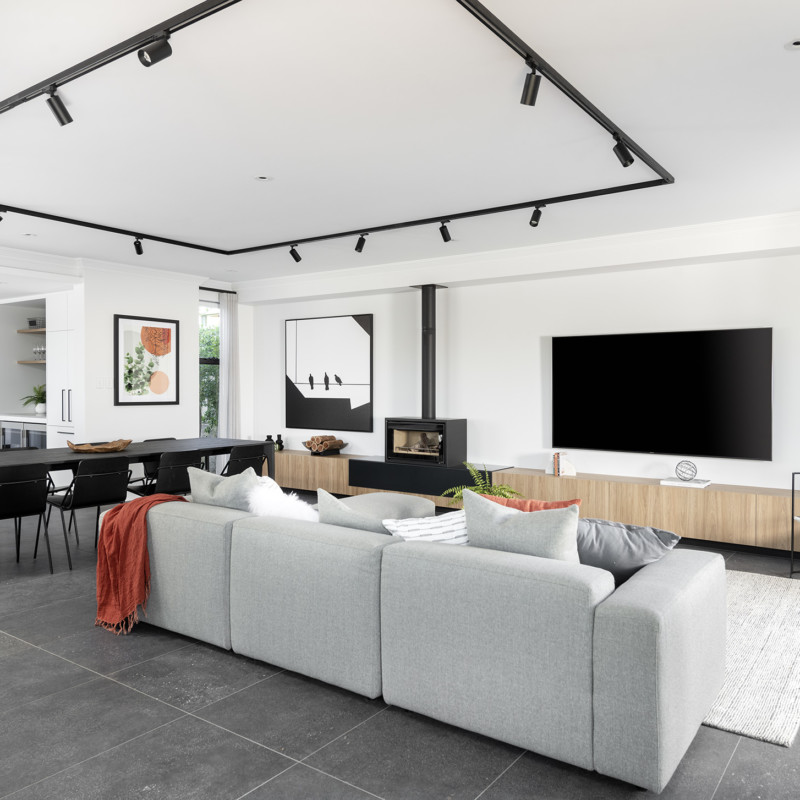Biophilia, according to an article by Architectural Digest, is the concept that human well-being, health, and productivity are improved when we are connected to nature. Architects have incorporated biophilia into design, creating a concept used within the building industry to increase occupant connectivity to the natural environment.
We spoke to WB Innovation and New Product Designer, Joseph Calasara, about this growing architectural trend.
“For me, Biophilic design is not just looking at nature from the window, but integrating nature and other life forms into the design solution,” he said. “It enhances the connectivity of the occupant to the natural environment and the design aesthetics improve overall wellbeing and emotional comfort.”
Sustainability and environmental awareness are popular topics of discussion in the modern age, and are becoming more important in the architectural world. Biophilic design considers this by incorporating sustainability into certain areas of the design, in unique and unconventional ways.
“By ensuring adequate access to sun and passive ventilation throughout the home, Biophilic design minimises energy use and reduces greenhouse gas emissions,” Joseph said.
“Environmental care and awareness are some of the most common considerations in the increasing demand for incorporating sustainability into residential design,” he said. “The sun, natural lighting and ventilation, water, and plants are essentials in achieving the essence of biophilic design.”
